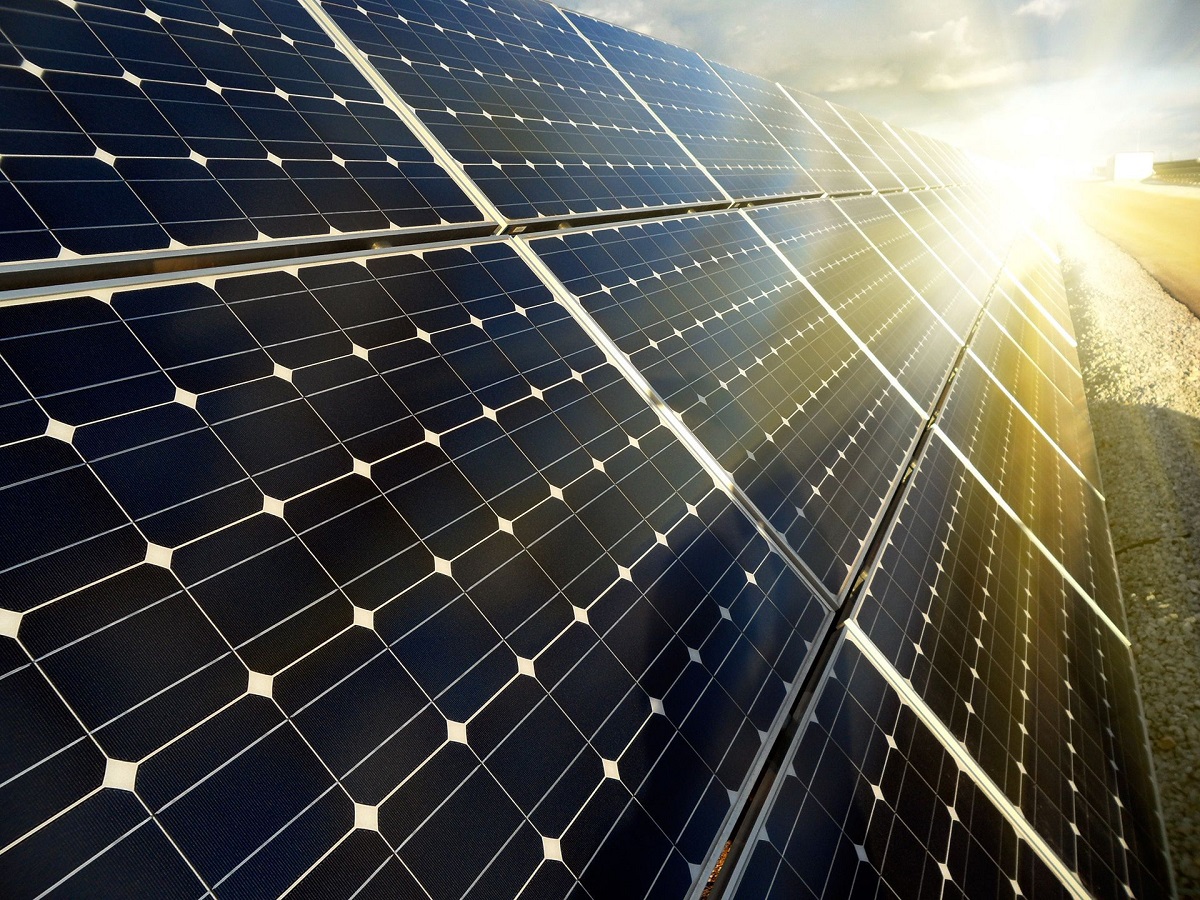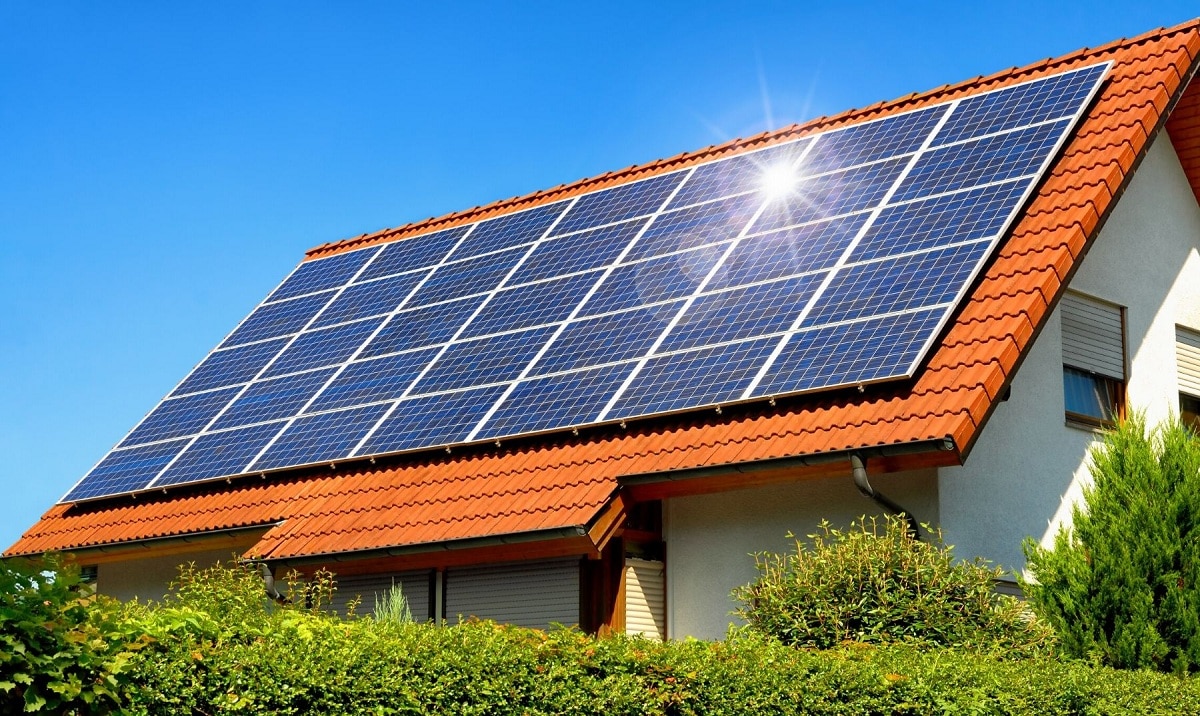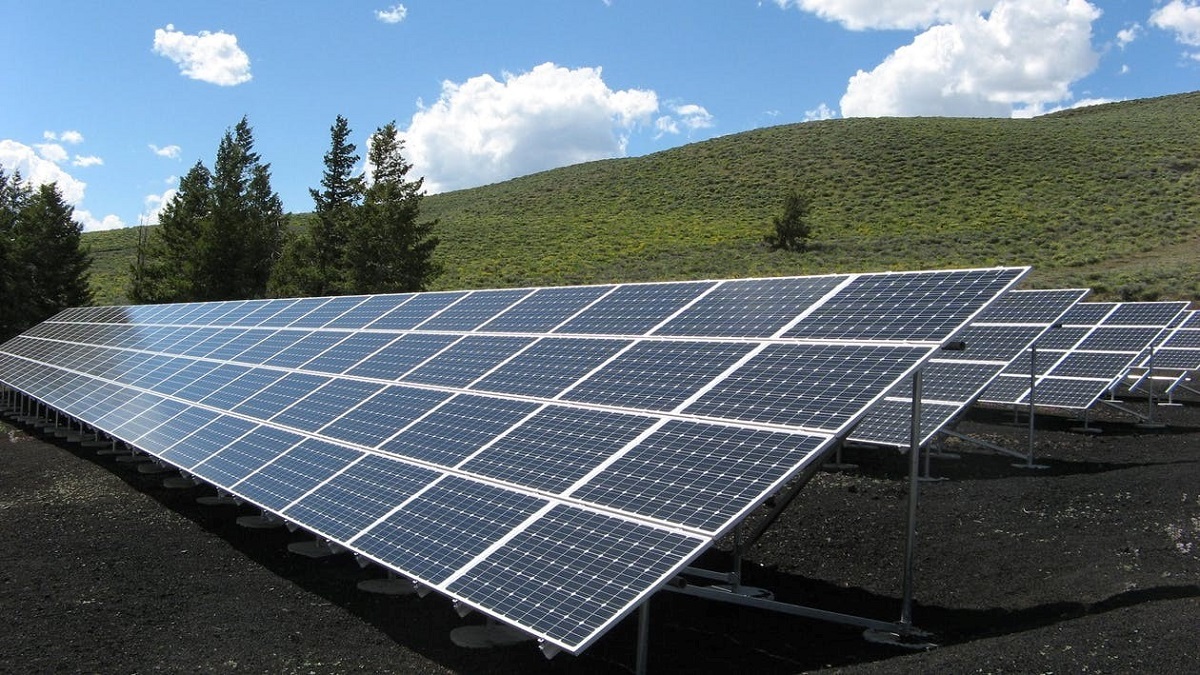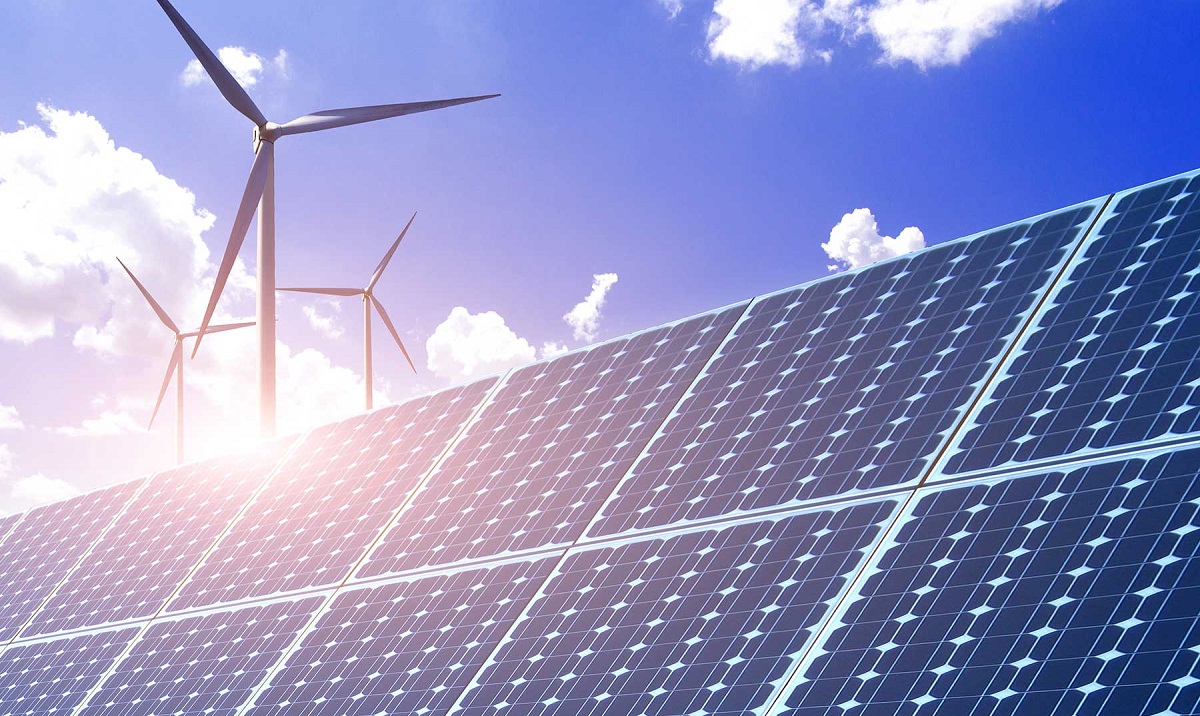
The replacement of fossil fuels with renewable energy is the key to sustainable development. Solar energy is one of the most well-known and used renewable energy sources in Spain due to its long hours of sunshine. There are several types of solar energy which has different characteristics but the same purpose.
In this article we are going to tell you everything you need to know about the different types of solar energy that exist, their characteristics and advantages of use.
What is solar energy

Solar energy is a renewable energy source that we can capture from the sun thanks to the electromagnetic radiation it emits. It is the product of the constant atomic reactions that take place inside it, where large numbers of atoms fuse to form a gigantic nuclear reaction that generates heat and energy.
Solar energy is our main source of energy, and wind, hydro, fossil fuels and biomass depend directly or indirectly on it. The sun emits energy in the form of short-wave radiation, and before 30% reaches the surface of the continents or oceans, it passes through the atmosphere, where it is weakened by the process of diffusion and reflection of gas molecules in the clouds. absorbers and suspended particles.
Despite these processes, the energy of solar energy is so great that the energy received in one hour is equivalent to the world's energy consumption in one year. This is the reason why the development of green solar technology is so important and will bring huge global benefits in the future, helping to reduce pollution, reduce climate change, improve sustainability and reduce reliance on renewable energy.
types of solar energy

And how to use solar energy? With solar collectors or photovoltaic panels, both heat and sunlight can be harnessed and converted into heat or electricity. These examples of energy constitute active solar energy and consist of solar energy technologies that require external facilities to capture, convert and distribute solar energy.
The benefits of solar energy can also be passively harnessed by designing and building spaces that retain heat or make better use of natural light. Let's see how the different types of solar energy work
Photovoltaic energy
Photovoltaic solar energy converts solar radiation into electricity through photovoltaic cells due to the so-called photovoltaic effect. Photovoltaic energy is generated through solar panels with photovoltaic cells, which normally consist of a thin layer of phosphor and crystalline silicon, semiconductor materials that ionize and release electrons when they receive direct light. The sum of several electrons produces current and electricity.
There are two types of photovoltaic installations:
- Installation of photovoltaic panels to individuals: for homes, businesses, neighborhoods or solar farms that typically install less than 100 kW. They can be connected to the network or isolated.
- Photovoltaic plants: The installed power of these facilities can reach 1.500 kW. They require a lot of space and are designed to meet the energy needs of large and medium-sized populations.
Solar thermal
Solar thermal energy uses the heat of solar radiation and converts it into thermal energy to heat fluids that can be used as heating or hot water for sanitary, residential or industrial purposes. The energy collected by these systems can also generate electricity, as the heat can be used to boil water, generate steam, and drive turbines.
A solar thermal installation consists of a solar radiation capture system (solar collector or collector), a storage system for the energy obtained (accumulator) and a heat distribution and consumption system.
There are 3 examples of solar thermal energy:
- Low temperature solar thermal energy: It is generated by a collector, through which it can reach temperatures of up to 65°C.
- Medium temperature solar thermal: These collectors can generate temperatures of up to 300°C, but because they focus the energy through mirrors, they only work in a lot of direct light.
- High temperature solar thermal energy: It uses collectors up to 500°C and allows the production of solar thermal energy through steam turbines.
passive solar energy
Passive solar energy is an energy source that harnesses heat and sunlight without using external sources. These are passive techniques, such as those proposed by bioclimatic architecture, where design, orientation, materials and even climatic conditions when building a house or building.
Passive solar houses can save a lot of energy, but the technology must be applied during construction or remodeling. Nor is it the only source of energy, only complementary.
Examples of types of solar energy

If you are still wondering what solar energy is for, these examples will give you a clearer idea of how this type of energy can be harnessed:
- Shipping cost: Photovoltaics can power buses, railways, and cars by converting solar radiation into electricity to drive electric motors.
- Solar lighting: This is one of the most common ways to reduce energy consumption in gardens, paths or paths. These cordless lights require no setup, charge during the day and turn on at night.
- Install solar panels: enable self-consumption in homes, businesses, hotels, buildings, etc.
- Heating systems: Thermal energy can be used to heat fluids in a heating circuit. Solar water heaters can generate hot air in winter and air conditioning in summer.
- Pool heating: The heat of the sun can be used to heat outdoor and indoor pools.
Advantages of use
- Spain is an ideal country to invest in solar energy due to its abundance of hours of sunshine.
- Solar energy is an inexhaustible energy source because it is a renewable energy source that we cannot exhaust.
- Clean energy: no waste.
- It allows you to generate electricity anywhere, that is, solar systems can be installed in places where the network does not reach.
- It is profitable: Although the installation of solar panels requires an initial outlay, it is a bet that will pay off sooner or later, and it is economically beneficial in the medium and long term. In fact, there are more and more alternatives that allow installations to be amortized earlier. An example of this is the shared photovoltaic self-use in communities of owners, residential and industrial areas.
- Easy maintenance solar system. Solar panels typically only require a certain amount of preventative care each year to keep them working properly over a 20- to 25-year lifespan.
I hope that with this information you can learn more about the different types of solar energy that exist and their advantages.